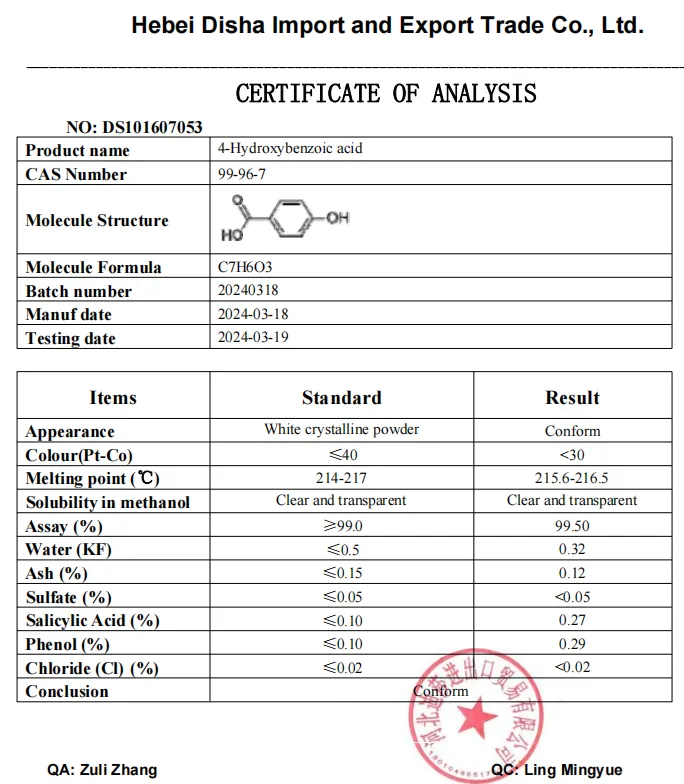Warning: Undefined array key "title" in /home/www/wwwroot/HTML/www.exportstart.com/wp-content/themes/1198/header.php on line 6
Warning: Undefined array key "file" in /home/www/wwwroot/HTML/www.exportstart.com/wp-content/themes/1198/header.php on line 7
Warning: Undefined array key "title" in /home/www/wwwroot/HTML/www.exportstart.com/wp-content/themes/1198/header.php on line 7
Warning: Undefined array key "title" in /home/www/wwwroot/HTML/www.exportstart.com/wp-content/themes/1198/header.php on line 7
- Afrikaans
- Albanian
- Amharic
- Arabic
- Armenian
- Azerbaijani
- Basque
- Belarusian
- Bengali
- Bosnian
- Bulgarian
- Catalan
- Cebuano
- China
- China (Taiwan)
- Corsican
- Croatian
- Czech
- Danish
- Dutch
- English
- Esperanto
- Estonian
- Finnish
- French
- Frisian
- Galician
- Georgian
- German
- Greek
- Gujarati
- Haitian Creole
- hausa
- hawaiian
- Hebrew
- Hindi
- Miao
- Hungarian
- Icelandic
- igbo
- Indonesian
- irish
- Italian
- Japanese
- Javanese
- Kannada
- kazakh
- Khmer
- Rwandese
- Korean
- Kurdish
- Kyrgyz
- Lao
- Latin
- Latvian
- Lithuanian
- Luxembourgish
- Macedonian
- Malgashi
- Malay
- Malayalam
- Maltese
- Maori
- Marathi
- Mongolian
- Myanmar
- Nepali
- Norwegian
- Norwegian
- Occitan
- Pashto
- Persian
- Polish
- Portuguese
- Punjabi
- Romanian
- Russian
- Samoan
- Scottish Gaelic
- Serbian
- Sesotho
- Shona
- Sindhi
- Sinhala
- Slovak
- Slovenian
- Somali
- Spanish
- Sundanese
- Swahili
- Swedish
- Tagalog
- Tajik
- Tamil
- Tatar
- Telugu
- Thai
- Turkish
- Turkmen
- Ukrainian
- Urdu
- Uighur
- Uzbek
- Vietnamese
- Welsh
- Bantu
- Yiddish
- Yoruba
- Zulu
Dec . 10, 2024 06:05 Back to list
Innovative Methods for Caprolactam Production in Industrial Applications
The Caprolactam Process An Overview
Caprolactam is an essential chemical intermediate widely used in the production of Nylon 6, a synthetic polymer used in various applications ranging from textiles to automotive components. Understanding the caprolactam process is key for industries involved in its production, as it encompasses several critical steps, including raw material selection, chemical reactions, purification, and polymerization.
Raw Materials
The primary raw materials for caprolactam production are cyclohexane and ammonia, derived from crude oil and natural gas, respectively. Cyclohexane serves as the starting material, which is first oxidized to produce cyclohexanol and cyclohexanone using an air oxidation process, often catalyzed by cobalt or manganese compounds. This mixture, referred to as KA oil (ketone-alcohol oil), contains the desired products in a specific ratio.
Chemical Reactions
Once the KA oil is acquired, the next step involves a chemical reaction known as the Beckmann rearrangement. In this process, cyclohexanone oxime is formed by reacting cyclohexanol with ammonia in the presence of an acid catalyst, typically phosphorus pentoxide or sulfuric acid. The cyclohexanone oxime is then subjected to rearrangement using acids to yield caprolactam.
The reaction can be summarized as follows
\[ \text{Cyclohexanone} + \text{NH}_3 \rightarrow \text{Cyclohexanone oxime} \]
\[ \text{Cyclohexanone oxime} \xrightarrow{\text{Acid}} \text{Caprolactam} \]
This rearrangement is crucial as it effectively converts the oxime into caprolactam through the migration of the hydroxyl group and the formation of a nitrogen-containing compound.
caprolactam process

Purification
After synthesis, the crude caprolactam product typically requires purification to remove any unreacted materials, byproducts, and residual solvents to meet the desired purity levels. This purification process generally involves distillation, which separates caprolactam based on its boiling point from other components. High purity caprolactam is necessary, particularly for applications in the food and textile industries, where regulatory compliance is essential.
Polymerization
The final stage of the caprolactam process is the polymerization to form Nylon 6. This is typically achieved through ring-opening polymerization, where caprolactam is heated and subjected to various catalysts and conditions to facilitate the creation of long polymer chains. The resultant Nylon 6 is a versatile material with excellent properties such as resilience, abrasion resistance, and versatility, making it suitable for various applications including fibers, films, and engineering plastics.
Environmental Considerations
While the caprolactam process has been refined to improve yields and reduce waste, environmental considerations play an increasingly important role. The chemical industry is under pressure to minimize its environmental footprint, manage emissions, and ensure safe handling of chemicals. Advanced techniques such as catalysis have been employed to enhance efficiency and reduce the consumption of raw materials, thereby lowering the overall environmental impact of caprolactam production.
Moreover, innovations in biomass conversion and green chemistry represent avenues for future research. The development of sustainable routes to synthesize caprolactam from renewable resources could significantly alter the landscape of nylon production, aligning it with global sustainability goals.
Conclusion
The caprolactam process is a vital aspect of the chemical industry, serving as a critical step in the production of Nylon 6. From the oxidation of cyclohexane to the polymerization of caprolactam, each phase of the process is integral to ensuring high-quality output and efficiency. As industries strive for greater sustainability, ongoing research and innovation will likely evolve the caprolactam process, paving the way for greener production methods while meeting market demands. Understanding this process not only highlights its chemical intricacies but also underlines the importance of sustainable practices in modern manufacturing.
Latest news
-
Certifications for Vegetarian and Xanthan Gum Vegetarian
NewsJun.17,2025
-
Sustainability Trends Reshaping the SLES N70 Market
NewsJun.17,2025
-
Propylene Glycol Use in Vaccines: Balancing Function and Perception
NewsJun.17,2025
-
Petroleum Jelly in Skincare: Balancing Benefits and Backlash
NewsJun.17,2025
-
Energy Price Volatility and Ripple Effect on Caprolactam Markets
NewsJun.17,2025
-
Spectroscopic Techniques for Adipic Acid Molecular Weight
NewsJun.17,2025

